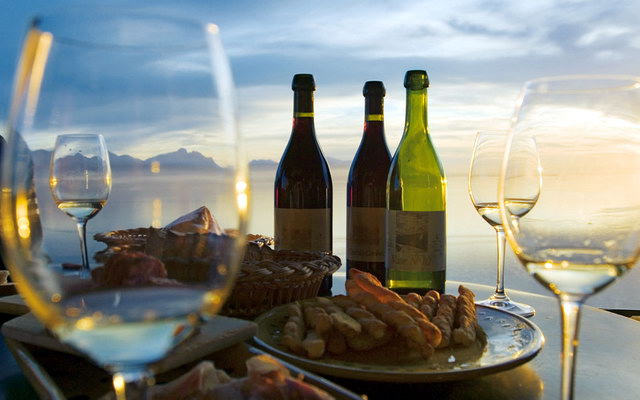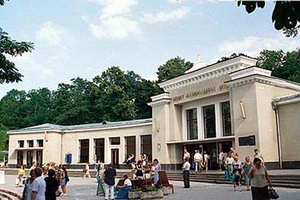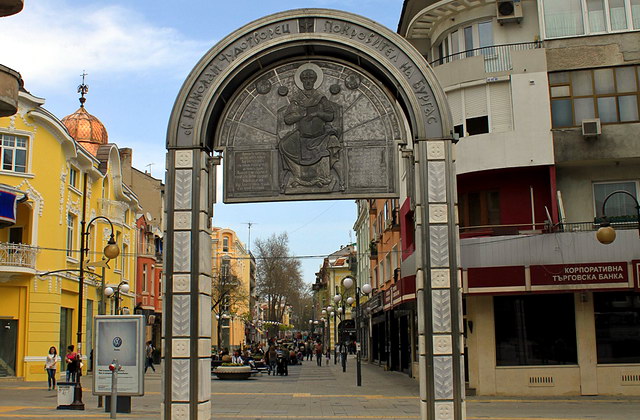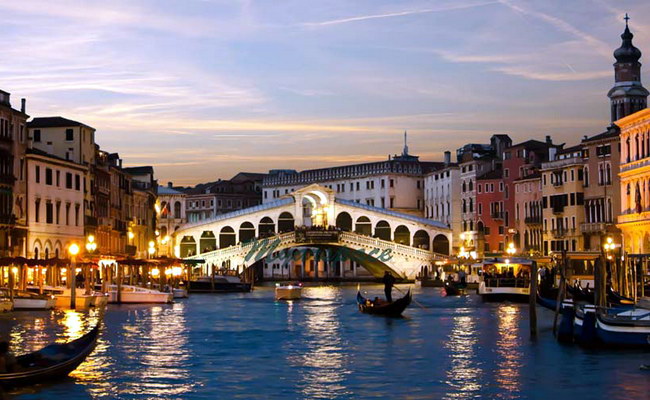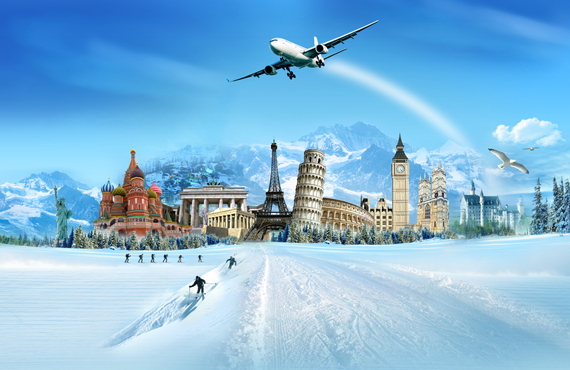Sights of Austria
 Austria is considered one of the most beautiful countries in Central Europe. Tourists are attracted by the picturesque Alpine villages of Tyrol, the beauty of the ancient cities of Vienna and Salzburg, magnificent national parks, as well as the well-known ski resorts.
Austria is considered one of the most beautiful countries in Central Europe. Tourists are attracted by the picturesque Alpine villages of Tyrol, the beauty of the ancient cities of Vienna and Salzburg, magnificent national parks, as well as the well-known ski resorts.
The cultural heritage of Austria is very rich. Of particular interest are museums that are dedicated to the life and work of musicians. In Salzburg, two houses-museums of the great Mozart are presented to your review, and in Mürzuslag you can visit the Brahms house.
Vienna, the capital of Austria, is famous for its large number of memorials, among which are four home museums that tell about the life and work of Ludwig van Beethoven.
A large number of architectural monuments have been preserved on the territory of Austria, and these are palaces, castles, cathedrals and monasteries.
The greatest treasures of artistic creativity are collected in numerous museums in Vienna. But the most important are Schönbrunn – the former residence of the Austrian emperors, the Museum of Art History and the Albertina Gallery.
Departing from a tourist trip, first of all you should visit Vienna – the capital of Austria. In the historical center of this ancient city, the famous Am Hof square with its architectural landmarks, as well as St. Stephen’s Square with the cathedral of the same name will open to your gaze. Among the churches should be noted the most ancient church of Vienna – Ruprehtes-Kirche, the Church of St. Ruprecht. Of particular interest are the Church of the Nine angelic choirs, as well as the Maria Church, located on the coast – “Mary am Geshtade”. And of course, you should definitely visit the famous Albertina Museum, in whose collections more than 200 thousand original works of art are collected.
In the western part of Vienna, in Schönbrunn, the former Habsburg summer residence is located. This residence is a palace ensemble, which combines architecture and nature, where the park next to it becomes an extension of the baroque palace. The park is decorated with various mythological figures and is crowned by its magnificent fountain of Neptune, which is located at the foot of the hill. In Schönbrunn, you can visit several museums, a zoo, and the summer palace theater.
Prater Square can be easily attributed to the sights of Vienna. Its total area is 6 million square meters. meters and it is crowned with a symbol of Vienna – Rizenrad, the Ferris wheel, which was built in 1896-97 for the Vienna World Exhibition by the English engineer Walter Basset. This attraction works to this day. Rising to a height of 65 meters, you will see the magnificent panorama of Vienna. On the square there are 250 different attractions for every taste and age.
Another attraction of Vienna is the Boulevard Ring. In 1857, Kaiser Franz Joseph decided to demolish the defensive and barrage ramparts. Several dozens of architects worked on the creation of the boulevard at different times, therefore the boulevard is a complete mix of various architectural styles. This entire ensemble got its name “ring-strassenstiel”. On this boulevard are buildings such as the Greek-style Parliament, the Vienna City Hall – the Rathaus, one of the most famous theaters in Vienna – the Burgtheater, and the Staats-Oper Opera House, where the most titled ball of Austria – the operadbal – is held in February. Also here, on this boulevard, there are natural-historical and artistic-historical museums and parks of marvelous beauty.
It is impossible to ignore the wonder of Vienna – the house of Hundertwasser. The architecture of this building is characterized by the fact that there are practically no straight lines in the buildings of this house. The flight of stairs and uneven floors symbolize the forest and mountain paths. Curved and unevenly plastered walls create the impression of curtain fabrics. The walls and ceilings inside the building are made in the form of appliqués, and the flat elements of the building are filled with earth, on which various plants are planted, which symbolize the connection of man with nature.
On the territory of Austria is the largest underground lake in Europe – Seegrotte. It was formed as a result of natural transformations. This lake is located in the south of Lower Austria in the town of Hinterbruhl.
And this lake was created as follows. In 1912, during blasting operations in the Hinterbrühl gypsum mine from a natural water bag, the water rushed into the aisles and tunnels of the mine, and as a result of this action the largest underground lake in Europe was formed, its volume is more than 20 million liters. All work at the mine was immediately stopped, and the mine itself was closed.
In the 30s of the twentieth century, thanks to the efforts of an international group of speleologists, this lake was reopened. The caves of speleologists opened a wonderful underground kingdom, which fascinated them with its distinctive beauty. Thanks to their efforts in 1932, access to the underground lake was opened for the first time. And since then, the flow of tourists who want to admire the beauty of the underground lake has not dried up.
